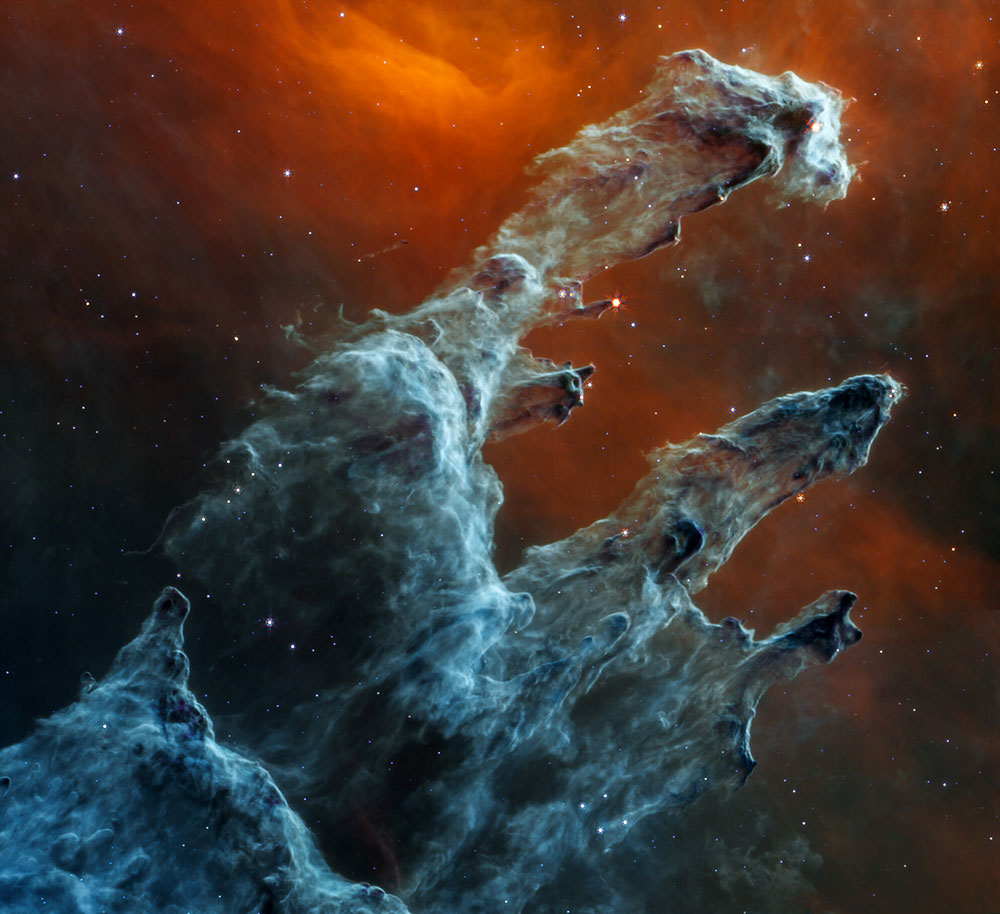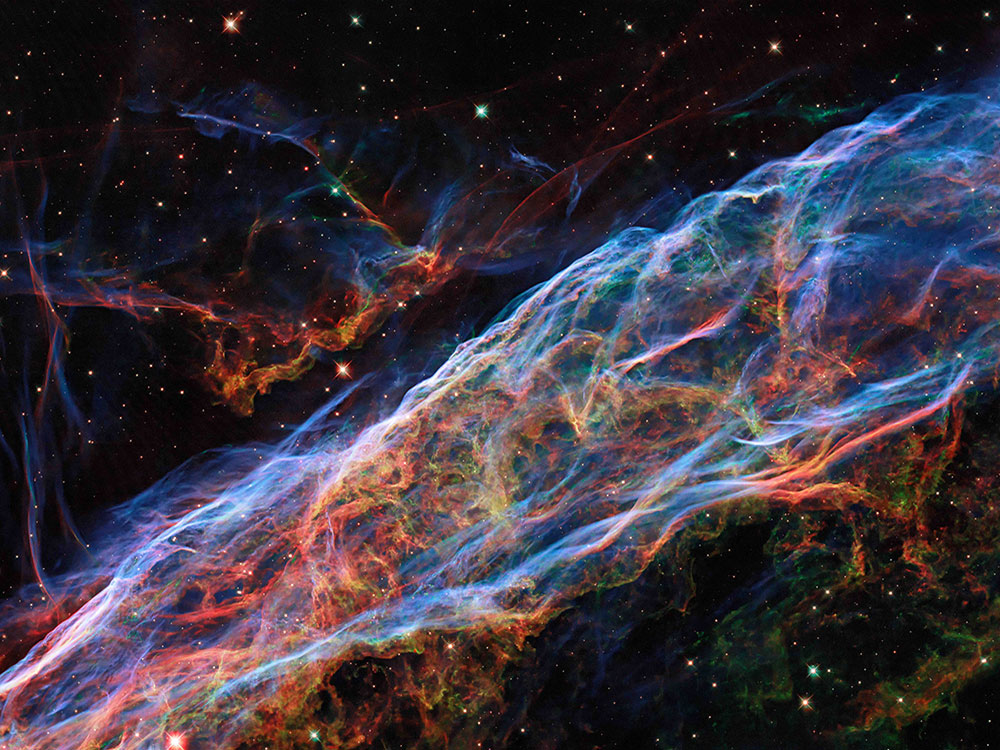It’s been 50 years since the last astronauts left the moon. Many have seen this hiatus as a deplorable lapse. For All Mankind, a successful TV series now in its fourth season, imagines a parallel world in which Americans, Soviets and even North Koreans competed to be first on the moon, and then on Mars. The show clearly thinks such a world would have been really cool, even when policy issues had to be settled with small-arms fire — just like the winning of the West as mythologized by Hollywood.
Long before Star Trek, I grew up on the space operas in the old pulp magazines. But I’m not thrilled about the Artemis program, which has just launched a spacecraft to orbit the moon before a future crew sets foot on it. It’s just another phase in the imperial enterprise that’s dominated history for 500 years, and now threatens to bring itself down in climate catastrophe.
Let’s consider what a problem it is to launch humans into space for any length of time. We are very high maintenance. We need just the right temperature, plenty of oxygen and water and food, waste containment, and a host of other persnickety requirements. Without gravity our muscles start to atrophy and our bones weaken. In space, we are far more likely to die of radiation than of gunshot wounds.
Humans can be sustained, more or less, in a crewed satellite like the International Space Station, which gets regular shipments of new supplies. On the moon, or a spacecraft bound for Mars, those supplies would be the most expensive groceries in the solar system. Sure, you could launch uncrewed supply rockets to a base on the moon or Mars, but one crash could ruin the whole expedition.
Consider what robot spacecraft have done since the last American left the moon in 1972. They have landed rovers on Mars, some of which have lasted for years. They have sent back close-up photos of Jupiter, drifted through the rings of Saturn, and sent photos from the surface of Saturn’s moon Titan. Space telescopes like the Edwin Hubble and James Webb have gone farther into space than Captain Kirk, and brought back visions of a universe larger and more beautiful than we ever imagined.

The New Horizons mission took nine years to reach Pluto and sent us astounding images of that distant dwarf planet. It cost $780 million, and is still sending back data (at an annual cost of $14 million) as it travels to other objects on the edge of the solar system.
By comparison Artemis, which is going only as far as the moon, is expected to cost $7.5 billion in 2023 alone, on top of $9.1 billion spent so far. It’s expected that every crewed flight to the moon will cost $4.1 billion.
Space race propaganda
The Apollo moon flights were propaganda stunts, a way for the U.S. to outspend and outshine the Soviets. That’s why they called it the “space race.” I well recall the public relations campaigns of the 1960s that made heroes out of a bunch of test pilots and suburban goddesses out of their long-suffering wives. Even then, moon trips got boring in a hurry.
Artemis is also a stunt, but it’s not a Cold War race against the bad guys. Now it’s a promise of colonization, making the moon into a jumping-off point for Mars and beyond — if only we can find water and other resources on the moon.
Implicit in this search is a thought in the back of everyone’s minds since the 1940s: if we blow ourselves up, or make the planet uninhabitable, we’ll have a saving remnant of humans who can start over on Mars or some Jovian moon. Even Stephen Hawking fell for that idea.
Never mentioned in this scenario is that the survivors in such colonies would live a brutally limited life: endless toil in return for rationed food, water and even air. They would see the sky only on computer screens, and could console themselves with images of Earth as it once was, instead of the rusty landscape of Mars or Jupiter hanging in the black sky of Europa. Their bones would grow porous and their muscles wasted under low gravity, and their children’s survival would be always uncertain.
With far more comfortable limitations, we could preserve life here on Earth even under the conditions of the climate catastrophe we’ve unleashed on ourselves.
And if we did so, we could have resources to spare for further space exploration — not to find some Planet B, but to go on studying our solar system and beyond. New probes could go out, piloted by artificial intelligences with no need for food, space suits or small arms. By studying other planets we could better understand our own, and perhaps begin to mitigate the damage we’ve done.
We might even build spacecraft so intelligent and long-lived that they would become von Neumann machines — they could land on a planet or asteroid and build copies of themselves, which in turn would launch on new explorations. Each would send back information, the only thing we can really import from space at a reasonable price. Comfortably seated at home, our descendants might experience other worlds through the senses of our machines.
And when they broke the connection and looked around at this battered but still beautiful world, I expect such experiences on other worlds would make our descendants more grateful than we have been to be living on our own. ![]()
Read more: Science + Tech, Environment
















Tyee Commenting Guidelines
Comments that violate guidelines risk being deleted, and violations may result in a temporary or permanent user ban. Maintain the spirit of good conversation to stay in the discussion.
*Please note The Tyee is not a forum for spreading misinformation about COVID-19, denying its existence or minimizing its risk to public health.
Do:
Do not: